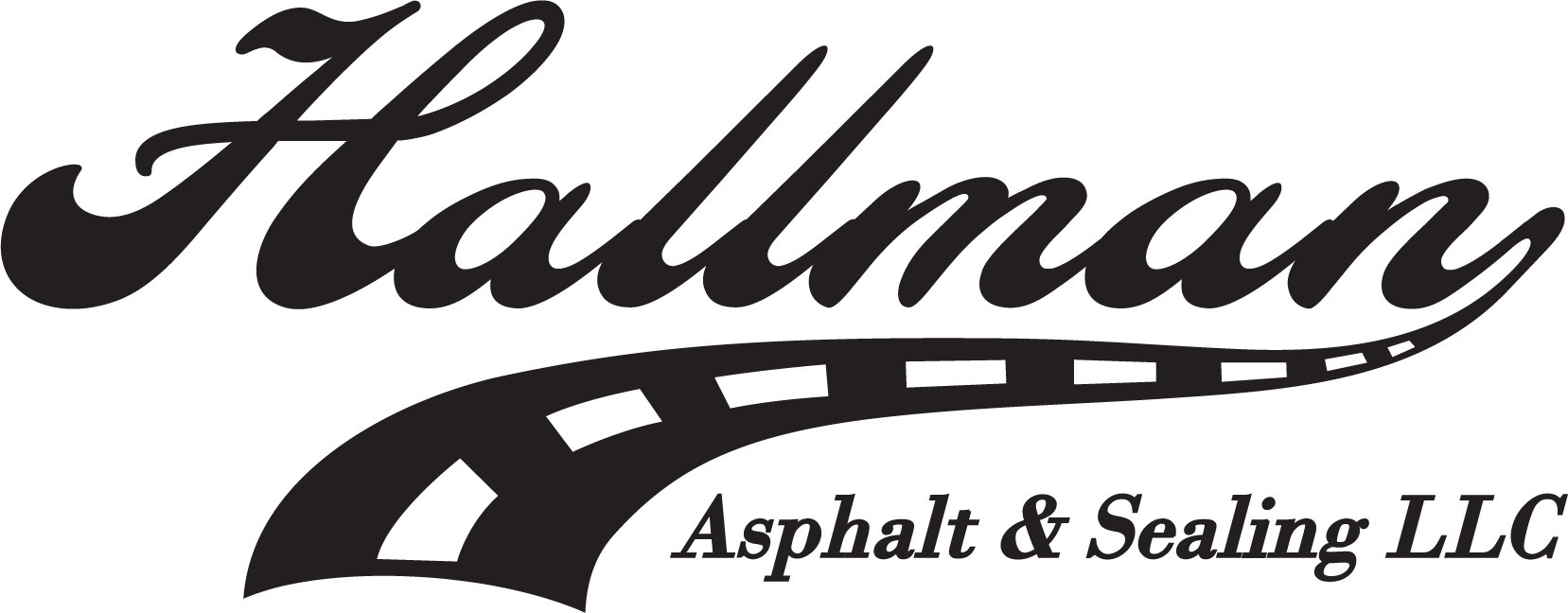Tired of bumpy rides and unsightly cracks? As a property owner or manager, pavement woes can be a real drag. But fear not! Choosing the right repair method can transform your asphalt into a smooth, safe haven. Today, we’ll dive into two popular options: infrared asphalt repair and traditional patching. Buckle up as we explore their pros, cons, and the perfect fit for your pavement needs.
Infrared Asphalt Repair: A Speedy Savior
Imagine this: potholes and cracks gone in under an hour! Infrared repair uses heat to melt and blend damaged asphalt with fresh material, creating a seamless, long-lasting fix. Here’s why it might be your asphalt’s knight in shining armor:
- Lightning Speed: Repairs in as little as 5 minutes? Yes, please! Less disruption for you, less downtime for your business.
- Built to Last: The seamless bond between old and new asphalt creates a durable patch that resists water damage and heavy traffic.
- Eco-Warrior: This method recycles existing asphalt, minimizing waste and conserving resources. Earth-friendly and cost-effective? Win-win!
But hold on, there’s a catch:
- Surface Level Only: Like a superhero with limitations, infrared can’t tackle deep damage. For those, traditional patching might be the answer.
- Specialized Skills: Using the equipment requires trained operators, potentially impacting cost and availability.
- Upfront Cost: The specialized equipment can make the initial investment higher compared to traditional methods.
Traditional Patching: The Tried-and-True Fixer
This method involves removing damaged asphalt and replacing it with fresh material. It’s a reliable option for various situations, offering:
- Damage Diversity: From cracks to potholes, traditional patching handles it all, making it a versatile choice.
- Minimal Equipment: No fancy gadgets needed. This method relies on tools you might already have, potentially keeping costs down.
- Lower Upfront Cost: Compared to infrared, the initial investment can be more budget-friendly.
However, there are trade-offs to consider:
- Time on Your Hands: Expect repairs to take longer, potentially causing inconvenience and disruption.
- Shorter Lifespan: The seams between old and new asphalt can be susceptible to water infiltration and cracking over time.
- Environmental Impact: This method uses new materials, contributing to resource depletion.
So, Which Method Reigns Supreme?
The champion depends on your specific needs. Here’s a quick cheat sheet:
- Choose infrared for: Surface-level damage, fast repairs, environmental concerns, and long-term durability (despite the higher upfront cost).
- Opt for traditional patching for: Deep damage, budget constraints, readily available tools, and versatility (but be prepared for longer repair times and potential future issues).
Remember, consulting a professional is always recommended for a tailored solution. With the right information and expert guidance, you can pave the way to a smooth and trouble-free future for your asphalt!
